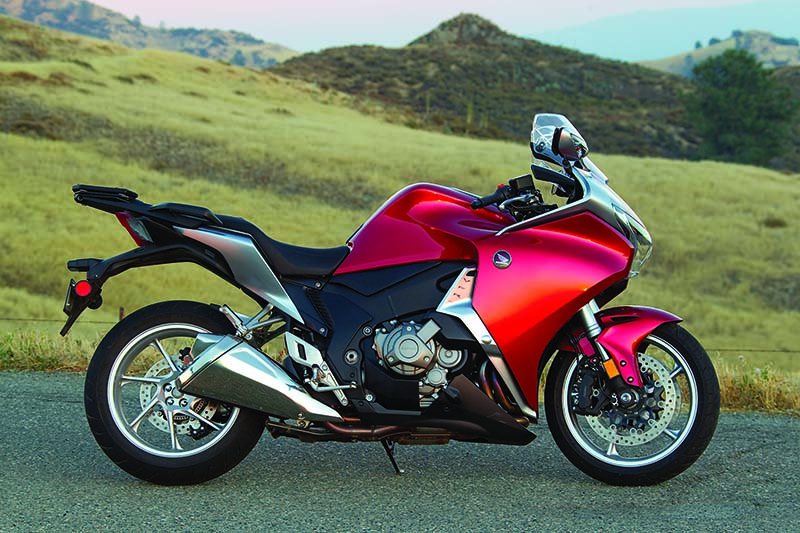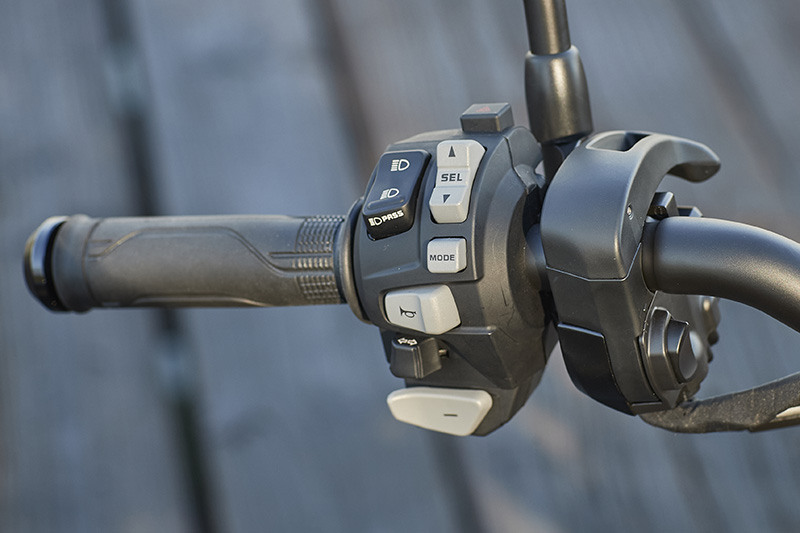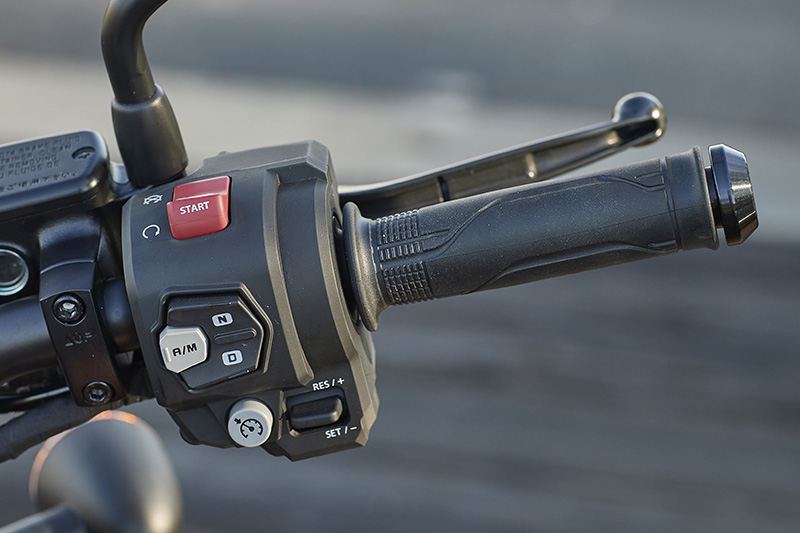
The age of the Dual Clutch Transmission is not approaching, it’s already here. If you happen to be comparison shopping Ferraris, Lamborghinis, or McLarens to fill out your garage, you won’t find a stick shift in the bunch, just DCTs. But for now, Honda is the sole motorcycle manufacturer offering this option.
First introduced for 2010 on the VFR1200F, Honda’s 2021 lineup offers seven distinct models with an optional DCT: three versions of the Gold Wing, two versions of the Africa Twin, the NC750X, and the new Rebel 1100. For the 2019 and 2020 model years, across Gold Wing, Africa Twin, and NC750X models, half the units sold were equipped with DCTs. And when you include Fourtrax ATVs and Pioneer and Talon side-by-sides, Honda obviously has a whole lotta DCT goin’ on.

In our road tests we’ve discussed the benefits of having a DCT along for the ride. Even if you absolutely insist on manual shift for your own machines, you gotta admit an automatic transmission opens the door to many new riders — and that’s always a good thing for our sport. Without clutch and shift levers, there are fewer controls to operate, allowing beginning riders to stay focused on throttle control, braking, leaning and staying out of harm’s way. They can also avoid the frustration of stalling or not finding neutral. Grizzled riders may scoff that such are the dues one must pay to learn to ride a motorcycle, but the fewer barriers to entry the better.

Since we’re only gonna find more DCT options down the pike, let’s learn more about how it works. First, understand that this system does indeed use two clutches rather than just one hanging off the end of the transmission input shaft. Honda’s DCT setup positions a pair of clutches in a shaft-in-shaft configuration: a hollow outer shaft and a second one that runs inside it (see illustration 1). One clutch carries odd-numbered gears (1, 3, 5, plus 7 on Gold Wing models) while the other carries even-numbered gears (2, 4, 6).

In the accompanying color illustrations and cutaway VFR1200 engine image, the red parts are the 1-3-5 clutch pack and gears, while the blue parts are the 2-4-6 clutch pack and gears. This allows two gears to be engaged at the same time, so while one gear is busy supplying power to the rear wheel, the DCT preselects the next gear and it stays ready for immediate engagement when the clutches pass the baton. This is accomplished through the use of linear solenoid valves that send hydraulic pressure to actuate the clutches as directed by the ECU.

In practice, a DCT-equipped motorcycle with the ignition off or at idle will be in neutral, so all DCT bikes feature a parking brake (above). Once the bike has been started, to engage first gear the rider presses the “D” (Drive) button on the right switchgear (below). The “A/M” button switches between automatic and manual modes, and the “N” button shifts the transmission into neutral (this happens automatically when you come to a stop regardless of mode). When Drive has been engaged, to pull away from a stop all the rider has to do is roll on the throttle, just like the twist-and-go convenience of a scooter.

The default mode is Automatic, with shift points electronically programmed. For fuel economy, the DCT typically shifts into higher gears quickly, to keep engine speed low. On the Rebel 1100 tested in this issue, DCT shift points vary based on the riding mode: Standard mode has a middle-of-the-road shift schedule, Rain mode shifts earlier to keep revs low, and Sport mode shifts later to allow high revs. When the throttle is rolled on abruptly, such as to make a quick pass, the DCT quickly downshifts a gear or two so the engine can deliver power as needed. At any time, a rider can use the down (-) or up (+) buttons on the left switchgear to change gears as desired.
Honda has also tailored the DCT for different models. For example, Africa Twin DCT models have four automatic modes (Drive and three Sport modes with successively higher shift points), and Gold Wing DCT models have 7-speed transmissions with a reverse gear.
With more than a decade of proven performance in the books, the motorcycling Dual Clutch Transmission is clearly here to stay.
The post Honda’s Dual Clutch Transmission first appeared on Rider Magazine.
Source: RiderMagazine.com
